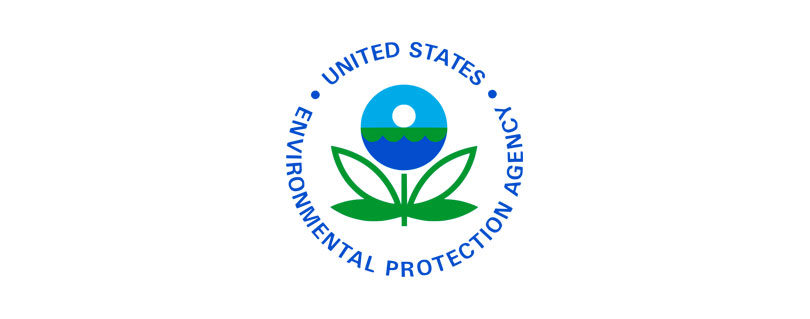EPA Announces Federal Plan to Lower Sulfur Dioxide Levels, Improve Air Quality in Detroit
Publilshed by the U.S. Environmental Protection Agency (EPA)
CHICAGO (October 11, 2022) – Today, U.S. Environmental Protection Agency released a Federal Implementation Plan to improve air quality in the Detroit metro area by lowering emissions of sulfur dioxide (SO2). The expected result is cleaner, healthier air for children, the elderly, people with asthma and everyone in Wayne County. It also means less haze and acid rain which can harm sensitive ecosystems.
“EPA’s plan to cut sulfur dioxide levels is especially good news for vulnerable populations and overburdened communities in Detroit and Wayne County,” said EPA Region 5 Administrator Debra Shore. “The SO2 plan is an important step forward as EPA and Michigan accelerate our combined efforts to make sure the greater metro area is on track to meet newer federal air quality standards designed to better protect respiratory and heart health.”
Under the Clean Air Act, areas that do not meet current federal air quality standards must take action to cut emissions of pollutants. In recent years, EPA’s air quality modeling has shown potential SO2 problems near Zug Island where U.S. Steel and other industries are located. The new federal plan includes limits on U.S. Steel’s SO2 emissions.
Since 2013, when Wayne County failed to meet the 2010 air quality standard for SO2, EPA and Michigan have been working together to lower emissions from power plants, steel mills and other local industrial facilities. Requiring the Carmeuse Lime facility to lower its SO2 emissions and DTE Energy’s decision to shut down its River Rouge and Trenton Channel coal-fired power plants contributed to emissions reductions in the area. These measures have improved Detroit’s air quality, and air monitors in Detroit have shown levels of SO2 below the standard for six years. The federal plan is expected to further improve Detroit’s air quality and will ensure that SO2 concentrations in the entire area will permanently remain at levels protective of health.
“EGLE greatly appreciates its partnership with EPA. Even while this plan was being developed, the state has taken aggressive, positive steps to reduce SO2 emissions – and the data shows these efforts are paying off in cleaner, healthier air,” said Liesl Clark, director of the Michigan Department of Environment, Great Lakes and Energy. “This plan gives us the regulatory tool we need to request the region be reclassified as meeting Clean Air Act standards for SO2.”
EPA and EGLE are also collaborating to address other air quality concerns in Southeast Michigan, including ground-level ozone and emissions from local facilities. EPA is committed to advancing environmental justice and delivering benefits to underserved communities.
EPA held a 45-day public comment period on its June 1 proposed plan. The agency held a virtual public hearing on June 16.
Arabic عربى
الخطة التنفيذية الفيدرالية بشأن انبعاثات ثاني أكسيد الكبري (SO2)
Spanish, español
Plan de implementación federal del nivel de dióxido de azufre para Detroit
For more information about NAAQS.
For information about air quality in your area
For information about air quality trends.
###
Read the full article at: https://www.epa.gov/newsreleases/epa-announces-federal-plan-lower-sulfur-dioxide-levels-improve-air-quality-detroit


